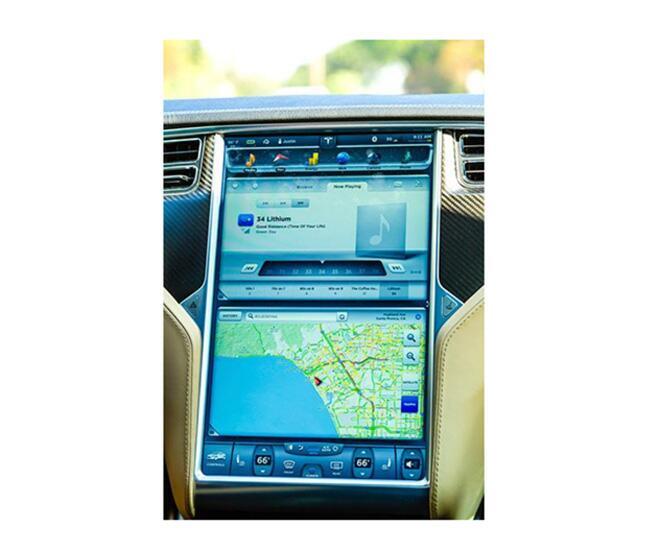Infotainment steers automotive competition
Article By : Naima Rivas

An infotainment system naturally carries a host of peripheral technologies to support its life in-vehicle.
Infotainment in the traditional sense is media that conveys informative and entertaining content to consumers. Consumer electronics, such as tablets and smart phones, have changed the landscape of infotainment by offering a platform that delivers massive amounts of increasingly personalised data, whether it’s stock prices, weather information or the latest meme trending on Reddit. The automotive industry is quickly moving to adapt this concept to modern vehicles.
An infotainment system naturally carries a host of peripheral technologies to support its life in-vehicle, for thermal management, power management, Media Oriented Systems Transport (MOST) bus, electrostatic discharge protection and vibration management.
Electronic systems are finding a place in every aspect of a car. Just consider recent advances in automotive electronics: electronic stability control, traction control, airbag safety, power steering, satellite radio, emissions controls, active suspension, anti-lock brakes, noise cancellation, powertrain (hybrid/all-electric), the list goes on and on. Automotive infotainment is growing in popularity and taking root as another major driver of competition in the near future. Since it is such a new field, infotainment has yet to take on an exact definition, which is part of the reason it’s so exciting. We have yet to witness the latest technologies and applications that will evolve as cars become more connected and highly integrated smart devices. Truly, the only limit to the development of infotainment is our imagination.
Learn more: Download the full application note
Subscribe to Newsletter
Test Qr code text s ss


